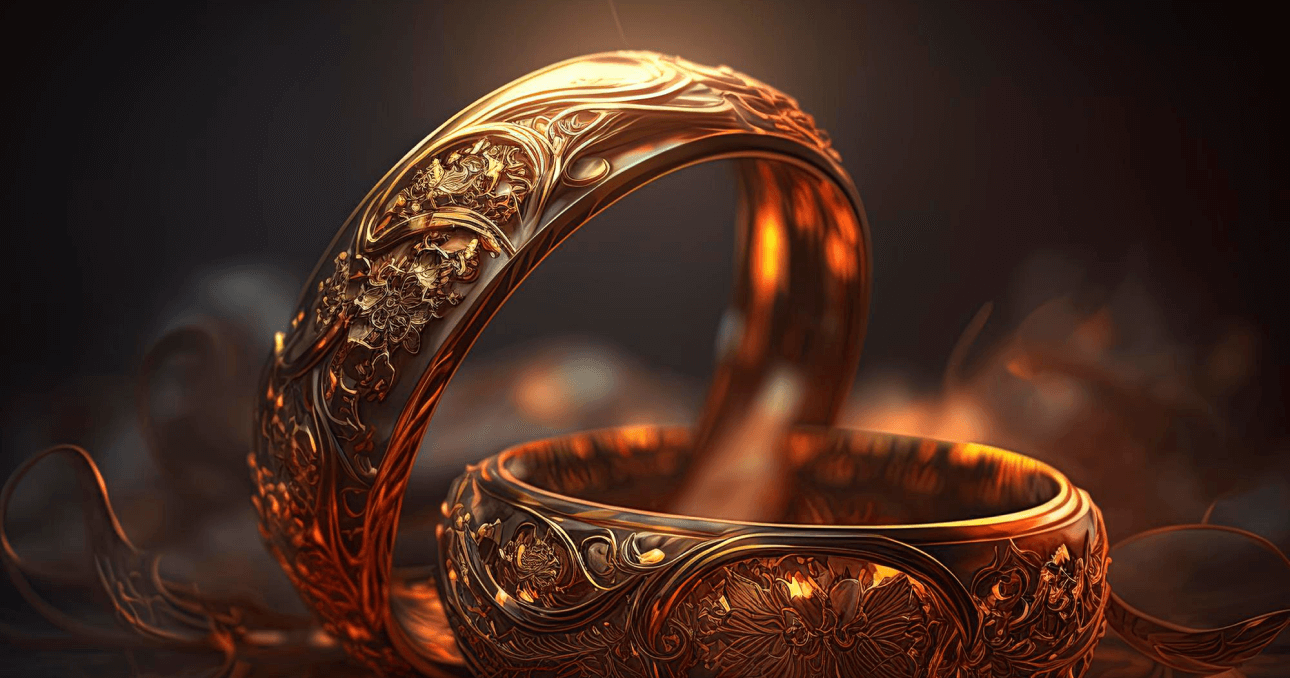Introduction:
Birthstones have held a special place in human culture for centuries, with their origins dating back to ancient civilizations. These unique gemstones are not only prized for their beauty but also for their perceived mystical and astrological powers. This blog dives into the captivating history of birthstones and how they continue to play a significant role in jewelry design and personal adornment.
Ancient Origins:
The concept of birthstones can be traced back to the breastplate of Aaron, a religious garment worn by the high priest of the Israelites, as described in the book of Exodus. The breastplate was adorned with twelve gemstones, each representing one of the twelve tribes of Israel. Over time, these stones became associated with specific months and eventually evolved into the modern concept of birthstones.
Early Symbolism:
The ancient Egyptians believed that gemstones held special powers and attributes that could influence the wearer's life. These stones were often worn as talismans for protection and prosperity. Similarly, ancient Indian culture associated gemstones with astrology and believed that wearing a gemstone corresponding to one's birth month could bring good luck and ward off negative energies.
The Influence of Astrology:
During the medieval and Renaissance periods, the belief in astrology played a significant role in the popularity of birthstones. It was believed that the alignment of celestial bodies at the time of a person's birth could influence their personality and destiny. Each gemstone was associated with a specific zodiac sign, making them even more meaningful to wearers.
The Modern Birthstone List:
The modern list of birthstones was formalized in 1912 by the American National Retail Jewelers Association (now known as Jewelers of America). The list has been revised over the years to accommodate changing preferences and the availability of gemstones. The current list is widely recognized and accepted, with each month having a primary and sometimes alternate birthstone.
- January - Garnet
- February - Amethyst
- March - Aquamarine or Bloodstone
- April - Diamond
- May - Emerald
- June - Pearl, Alexandrite, or Moonstone
- July - Ruby
- August - Peridot or Spinel
- September - Sapphire
- October - Opal or Tourmaline
- November - Topaz or Citrine
- December - Turquoise, Zircon, or Tanzanite

Birthstone jewelry has evolved from being purely symbolic to becoming a meaningful way for individuals to express their identity and connect with their birth month's attributes. Many people choose to wear their birthstone as a pendant, ring, bracelet, or even as part of custom-made jewelry pieces. Birthstone jewelry is not only a beautiful adornment but also a reflection of one's personality and birth-related qualities.
Healing and Spiritual Beliefs:
Throughout history, various cultures have associated healing and spiritual properties with birthstones. For example, amethyst was believed to have calming and purifying properties, while sapphire was thought to bring wisdom and protection. While these beliefs are not scientifically proven, they add another layer of significance to birthstone jewelry for those who hold such beliefs.
Conclusion:
Birthstones have a rich history that intertwines ancient beliefs, cultural symbolism, and personal expression. Whether you choose to wear a birthstone for its perceived mystical properties or simply for its aesthetic appeal, birthstone jewelry remains a timeless and cherished way to celebrate one's birth month and individuality. As the jewelry industry continues to innovate, birthstone designs evolve, ensuring that these gemstones will remain an enduring part of human adornment and self-expression for generations to come.













